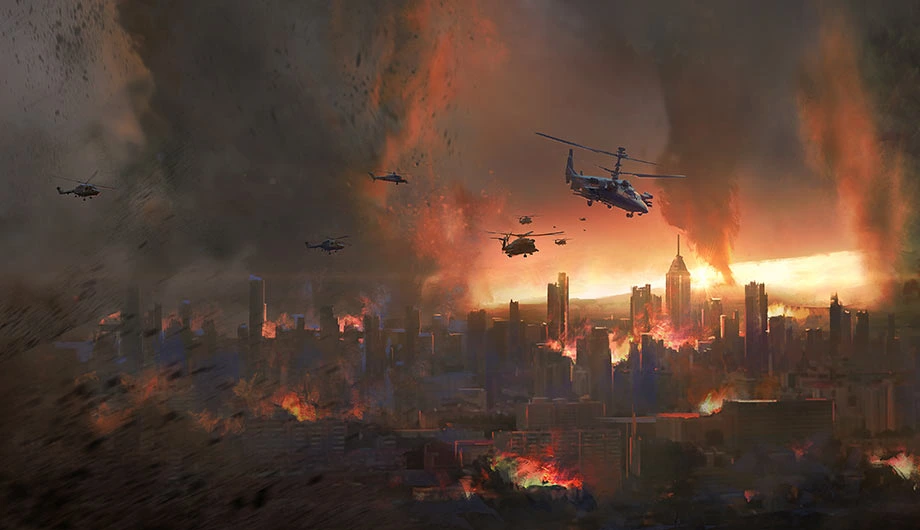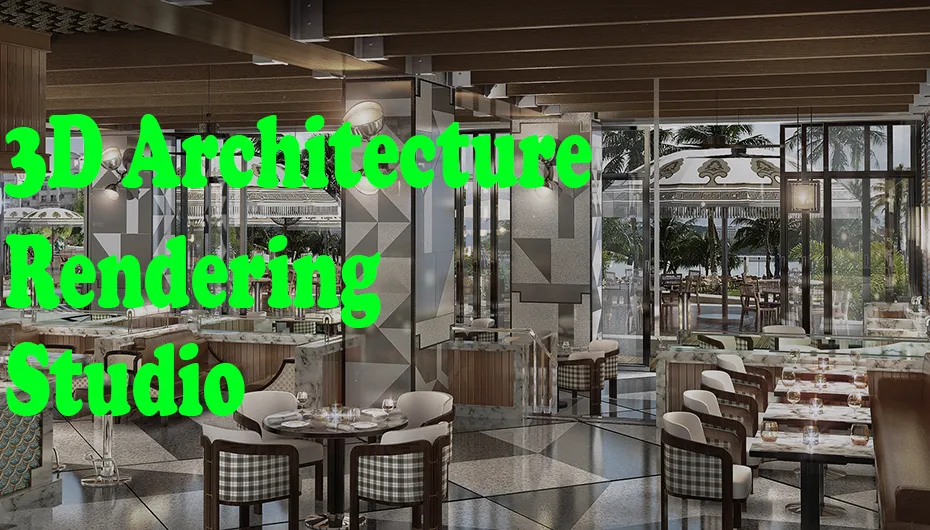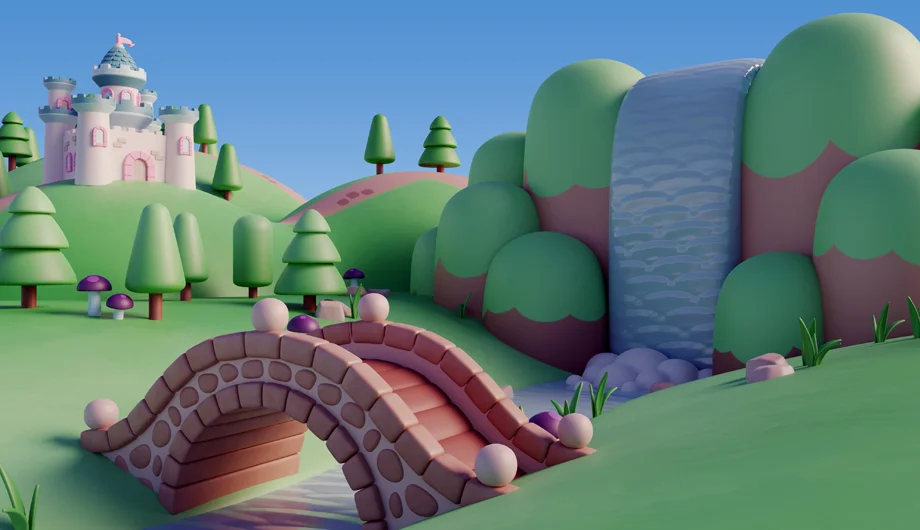
Storytelling is more than just narration in the ever-evolving gaming space. It will be an immersive journey. In this space, the interplay between cinematic technology and its 3D Modeling and Rendering changes the way the story unfolds, transporting players into a world that feels alive. Let's uncover the symbiotic relationship between cinematic techniques and game art rendering, and demonstrate their influence on storytelling within 3D Game Assets.
Creating Visual Narratives
The Role of Cinematography
Cinematography is the storyteller's tool, guiding players through emotion and narrative. In-game art depictions and techniques such as framing, camera movement, and depth of field mirror those seen in cinematography. These tools create perspective, emphasize focus, evoke emotion, and enrich the storytelling experience in gaming environments.
Imitating Film Realism
The pursuit of realism in 3D Modeling and Rendering is consistent with the ambitions of storytelling. Advanced rendering techniques aim to mimic the film’s rich visuals and enhance textures, lighting, and character design. This pursuit of realism increases immersion and blurs the line between movie and gaming experiences.
Character Development and Emotion
Characters serve as conduits for the game's storytelling. Rendering techniques handle intricate details such as facial expressions, movements, and nuances to bring characters to life. Facial animations, subtle gestures, and emotional expression techniques strengthen the emotional connection between player and character, promoting empathy and connection.
A Symphony of Sound and Image
Storytelling in film is not just visual. It is an ensemble of sound and images. Audiovisual synchronization in the recreation of the 3D Game Asset complements cinematic techniques and enhances the emotional response. Dynamic soundscapes combined with rendered images create an immersive atmosphere and enhance the impact of the story.
Interactive Kinematics
Player Agency and Narrative Flow
Game design innovation links cinematic storytelling and player agency. Branching narratives and interactive sequences allow players to influence the direction of the story. The game art presentation dynamically adapts to these decisions, ensuring seamless narrative flow regardless of the player's choices.
The Intersection of Creativity and Technology
The combination of film technology and game art reproduction is evidence of the convergence of creativity and technology. Cutting-edge 3D Modeling and Rendering tools allow developers to push the boundaries of storytelling and create visually stunning 3D game content that reflects cinematic grandeur. Vizent Solutions expertise is a commitment to shaping stories through 3D Modeling and Rendering. We understand that cinematic technology has a profound influence on the art of gaming, and we integrate immersive storytelling into every project, sculpting game content in 3D that exceeds all expectations.
Conclusion
The synergy between cinematic techniques and game art rendering in storytelling within the gaming realm is a testament to the evolution of immersive experiences. Through the lens of cinematography, gaming narratives are elevated, utilizing framing, camera movement, and depth to guide players through emotional arcs. The pursuit of realism in 3D Modeling and Rendering mirrors the film's visual richness, blurring boundaries and intensifying immersion.
Moreover, the narrative flow showcases innovation, empowering players to shape their journey within a dynamically adaptive storytelling landscape. This convergence of creativity and technology epitomizes the limitless potential of storytelling. The union of film technology and 3D Game Asset reproduction allows for breathtaking visual narratives, pushing the boundaries of what's possible.
Recent Post

7 General Steps in 3D Game Asset Creation
15 Apr, 2024













